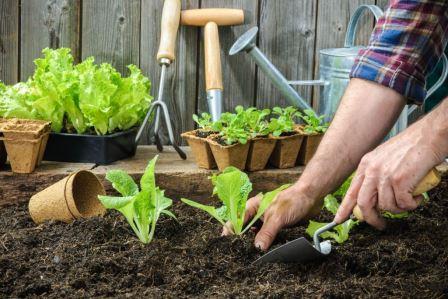
Many gardeners, particularly those that grow roses, would know about sick soil or replant disease. In essence, if you put a plant into a hole where the same type of plant was previously, often the new plant does not perform well, and can wither and die. However, when you replant from a different family of plants, it does well. So the question is, what causes this?
The answer is still unclear, however we assume that that over time, nematodes and other undesirable microbes start to accumulate in the soil, and these can be specific to the plant you have just pulled out. When you then put a new plant of the same family into this spot, it’s too young to survive the onslaught from the pathogens, and therefore dies.
Surprisingly there is something that can be done regarding this issue. We did a trial a few years ago in the National Rose Trial Garden at the Adelaide Botanic Gardens. In the past, when older roses were removed and new ones planted, the soil was excavated and new soil brought in at great expense. So part of the trial was to remediate the soil.
Firstly we planted a crop of white mustard, which was ploughed back into the ground before it flowered – when mustard breaks down it releases a chemical which kills nematodes. Secondly, we enriched the soil with organic matter and added Seamungus. By using this remediation technique, the Botanic Gardens have not had to go to the expense of removing and importing new soil since then.
If you transfer this line of thinking to your veggie garden, changing or rotating what you plant in your vegetable patch is still important, but it’s not about depleting nutrients (many people think you can simply put these back with fertiliser) – it’s actually about allowing the pathogens to reduce in numbers, as without a suitable host, their numbers drop off.
However, if you use lots of organic material and an organic fertiliser such as Seamungus or Gyganic, then you can reduce the rotation. I grow certain vegetables such as radishes, greens and beets, and I tend to plant them in the same spot for about a year due to space restrictions. I don’t have the luxury of leaving areas fallow. But between each planting I dig in organic matter and Seamungus, let that sit for a couple of weeks and then replant with Seamungus and add some Gyganic. The following year I then rotate the crops around a bit.
Crop rotation is still important to reduce pathogen loads in your soil, but using organic inputs reduces the need to do so. It allows you to use all of your space all year around which results in a much more productive veggie patch.
